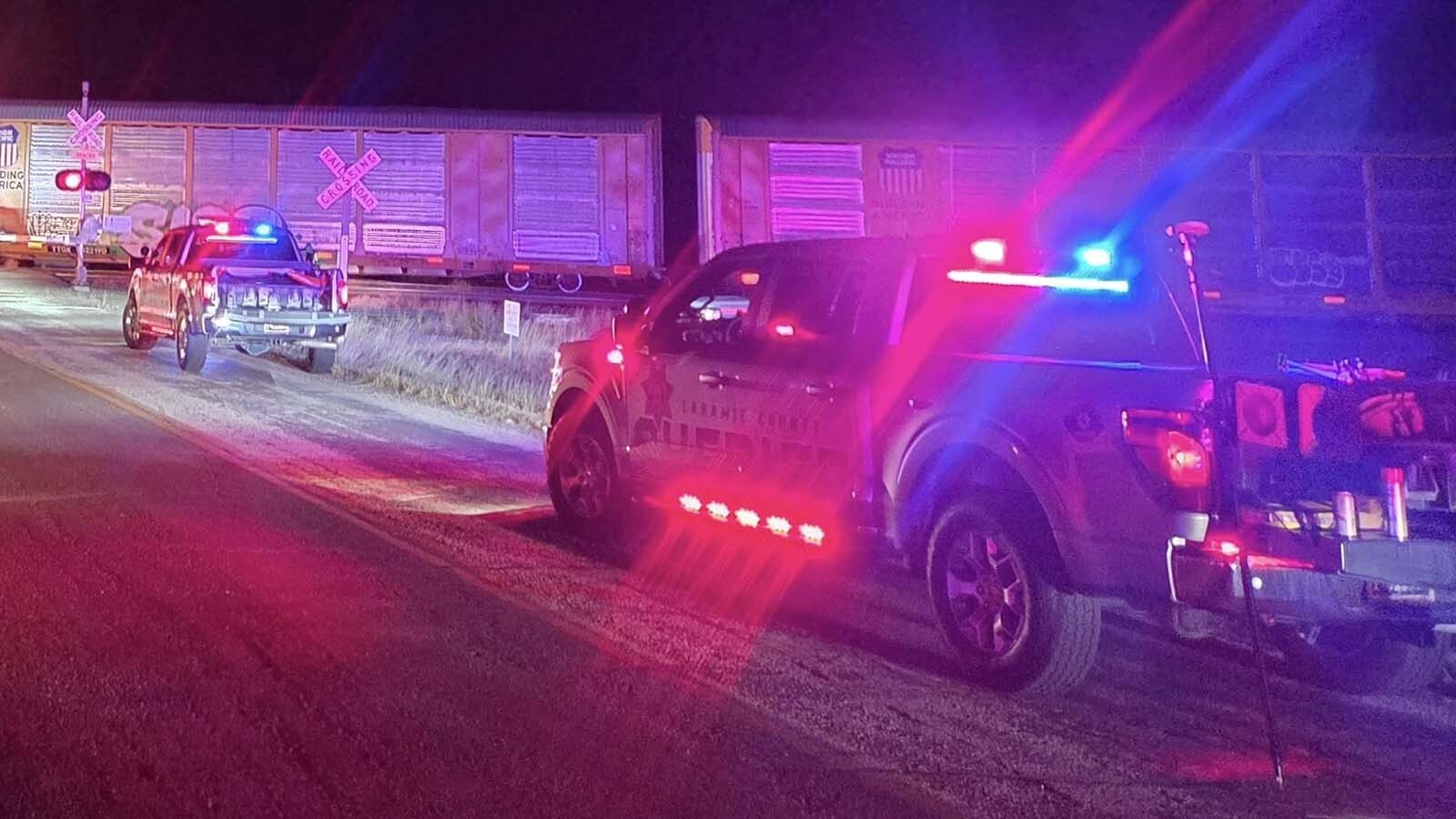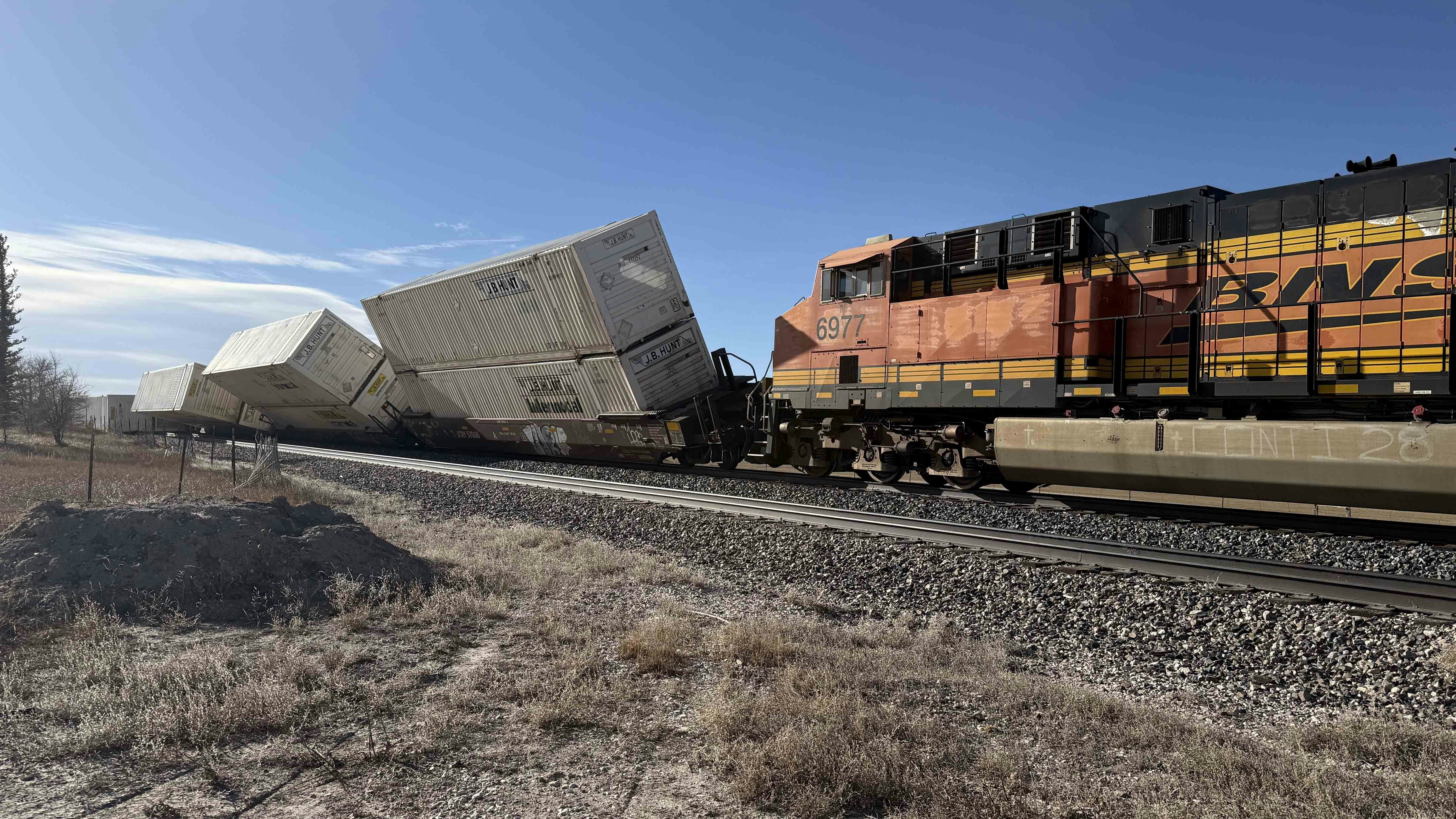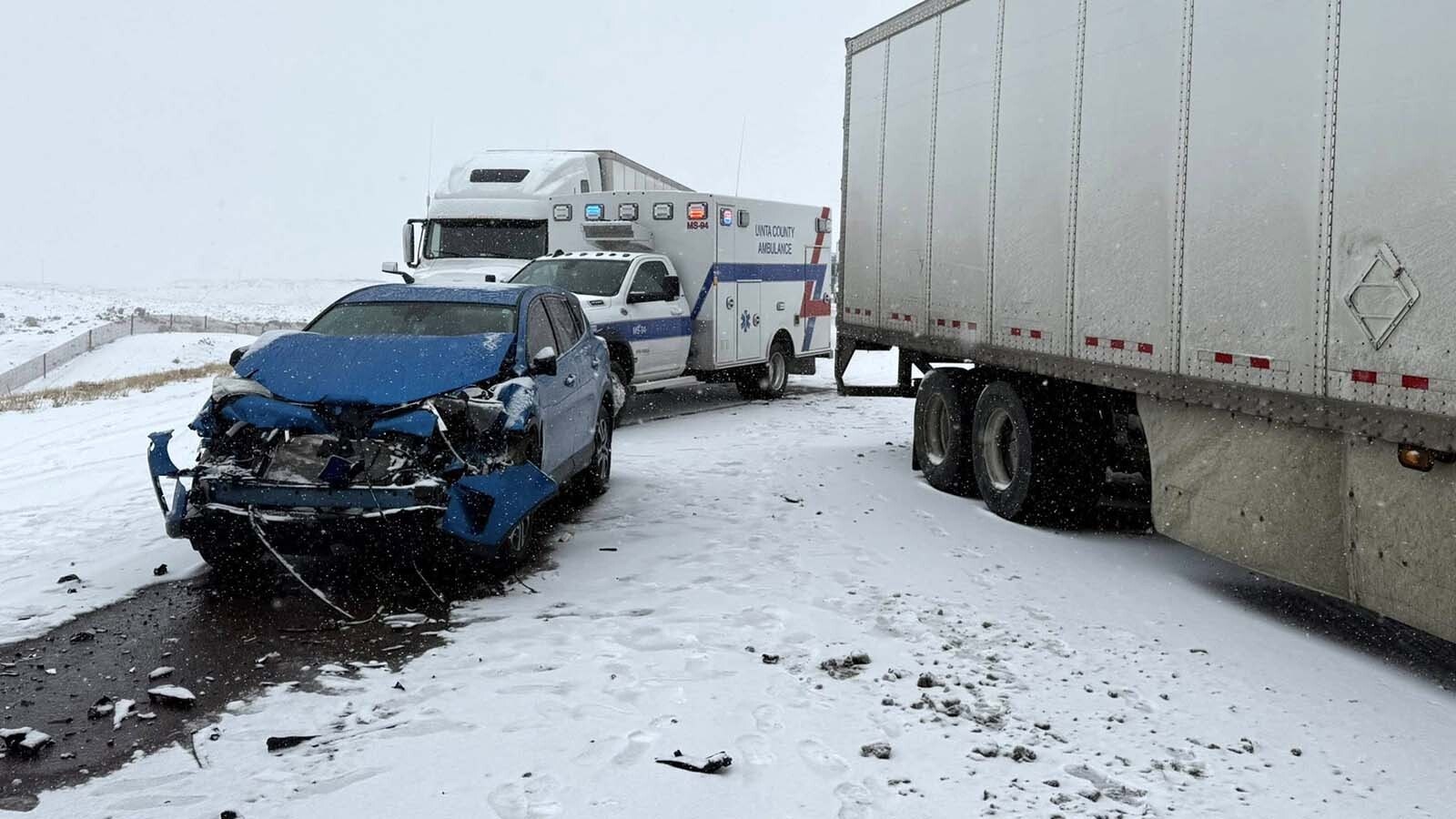While Teslas don’t appeal to many Wyoming drivers, those who own the high-end electronic vehicles love them.
TJ Doan so enjoys driving his Tesla Model 3 that he works as an Uber and Lyft driver on weekends just for the fun of driving his car.
“I get to have some fun, go out and meet new people, spread the Tesla love and make some money on the side,” Doan said, who works as an IT consultant with Western EcoSystems Technology, Inc. for his day job.
3,000 Rides
In 2018, a coworker had a Tesla and let Doan take it for a drive. Within a week, Doan had one of his own.
When he first got it, Doan said he’d just drive around for the fun of it.
“I was driving around aimlessly,” Doan told Cowboy State Daily.
Eventually, it dawned on him that he could make some money and have fun doing it. He estimates he’s given about 3,000 rides over the last three years.
Doan puts his Tesla in service Friday and Saturday nights, and he’s had the car full of bar-goers having a good time. Despite some inebriated revelers, he said he’s never had a problem customer. It’s like he’s just part of the party.
“I’m at home with that, just shooting the shit and cranking up the music for them,” Doan said.
The Tesla is known for its acceleration, which for the Tesla 3 is about 0-60 in 3 seconds. When he has the chance, he’ll show his riders what the car can do.
Doan said the weekend partiers he drives around Cheyenne always ask a lot of questions about the car — how it drives, what it costs, how fast it goes. The car itself acts as a great conversation piece.
Little Brain
Tesla started out in 2008 with the Roadster. That model would set a buyer back about $200,000, putting the car well outside the budget for most people. The company followed the Roadster up with the Tesla Model S in 2012, which was half the price of the Roadster but still unaffordable for most new car buyers.
In 2016, aiming to bring the purchase price within the range of more consumers’ budgets, Tesla released the Model 3, which retailed at about $47,000.
Doan has the full self-driving (FSD) software installed in his Model 3, which contrary to its name is not really fully self-driving. When the car comes up to the Cheyenne intersection of Missile Drive and West 19th Street, for example, which is an odd merging of highway and city road, the car comes to a near stop and wobbles right and left.
“You can see its little brain working,” Doan said with a chuckle.
He takes the wheel and guides the Tesla through the intersection. He then presses a button to report the data back to Tesla so the company can continue to improve the software. It updates regularly, just like software on a laptop.
There are a few other locations where the car can’t figure out what’s going on, but on a long drive Doan can hold the wheel and just let the car take him to his destination. When it sees a truck, it will put on the blinker, check the blind spot and maneuver around the truck and ahead of it.
“It’s basically glorified cruise control,” Doan said. “You can just kind of sit here, keep your hand on the wheel and just watch the car go.”
Vegas Cures Anxiety
Doan said he never gets range anxiety, which is a term that electric vehicle (EV) drivers give to the fear their car will run out of juice. Unlike a gas-powered car, when an EV’s battery drains to zero charge, the car has to be towed and it harms the battery.
He said he used to get range anxiety, but then he took the car to Las Vegas.
“It was an eye-opener,” Doan said.
Not only was it easy to find charging stations all along the way, with its self-driving modes, there was no road strain that comes from long hours of driving.
Typically, an EV driver wants to keep the charge between 20% and 80%. Going over 80% doesn’t hurt the battery, but it does take a very long time to charge from 80% to 100%.
This ideal charge range is what creates some misperceptions about long-distance driving in an EV, Doan explained. You’re not looking for a place to charge the car to 100%. Instead, you pull over to the fast charging stations and charge just enough to get to the next one. So, charging from a low charge to 80% can take 20-40 minutes, or longer. But you don’t necessarily have charge to 80%. .
Sitting in Cheyenne with a batter at 46%, Doan plugs into the car’s app a destination to Salt Lake City, which would take about 6.5 hours in a gas-powered car. It would take about eight hours in Doan’s half-charged Tesla. For a long trip like that, Doan would start out with 100%, so it would be closer to 7-7.5 hours.
Impressed Customers
He said his Uber and Lyft customers are often so impressed with the car and ride that they’ve asked how they might request him specifically. In the interest of safety, rideshare apps don’t allow for that and Doan doesn’t give out his cellphone number.
“It’s a bummer. I feel bad for having to tell them that, but it’s for insurance purposes,” he said
Doan said there’s a lot more competition for riders now as well, so some weekends he gets no hits. When there are no customers, he can sit back and watch Netflix through the car’s software. Or he just goes back to driving around aimlessly while waiting for another customer.





